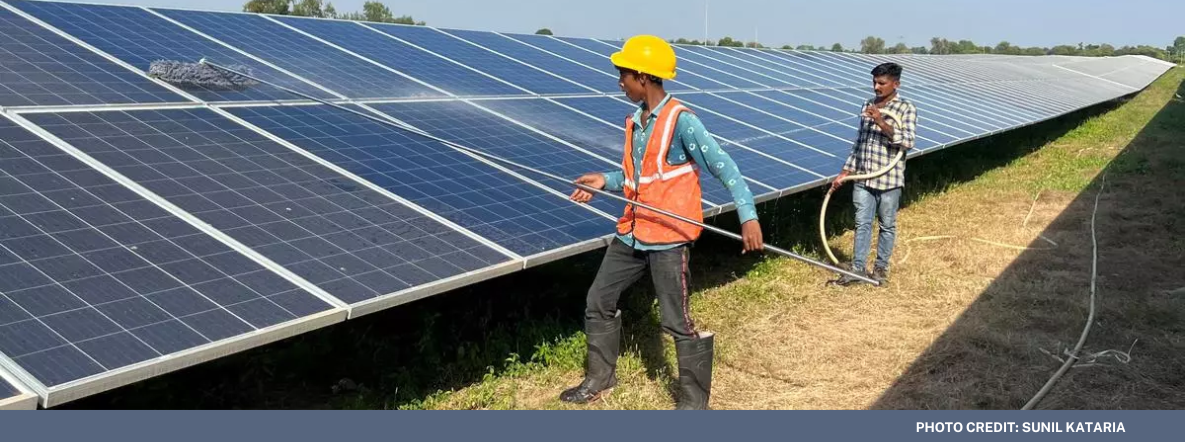Maharashtra’s dilemma
02 May 2023

Opinion: Sanjib Pohit and Chetana Chaudhuri.
It needs to reduce its fossil fuels dependency.
GHG Platform (India) estimates that public electricity generation in Maharashtra accounts for more than 53 per cent of the total emission from energy sector. This amounts to roughly about 43 per cent of the economy-wide emissions of Maharashtra.
Most of the electricity generation in Maharashtra is coal-based, making the State a huge contributor to the GHG emission (9.83 per cent of India). A major component of Net Zero strategies is to achieve 50 per cent cumulative electric power installed capacity from non-fossil fuel-based energy resources by 2030.
Surely, the power sector in Maharashtra has to play a big role here.
Maharashtra accounts for nearly 12 per cent of the electricity consumption in India — the highest share among the States and UTs — if we go by the statistics of energy sales from different Discoms. Universally, Maharashtra exhibits a high share in India in all segments of consumption: 9 per cent in domestic electricity consumption (only after Uttar Pradesh and Tamil Nadu), 14 per cent in industrial electricity consumption (only after Gujarat), and 15 per cent in agricultural electricity consumption (highest among States and UTs).
According to CEA data, per capita power consumption in Maharashtra is 1588 KWh which is much higher than that of all-India level (1255 KWh) in 2021-22.
By and large, Maharashtra is self-sufficient in electricity production, only 10 per cent of the total power is imported. However, Maharashtra is heavily dependent on coal based electricity (nearly 76 per cent), even though it also produces electricity from other sources, namely nuclear (6 per cent), bio (3 per cent), solar (2 per cent, wind (5 per cent), hydro (4 per cent), and remaining from other sources.
Moreover, Maharashtra has 6 per cent share in India’s total non-utility electricity consumption (captive power plants).
Major reason behind this is the large industrial sector.
Even though Maharashtra has the third highest renewable energy capacity among States with a cumulative capacity of 9,332 MW, amounting to 21 per cent of the total capacity (Power Sector Vision 2030), it will not be an easy task for Maharashtra to move away from fossil based energy.
Two options
In terms of generation, only 15 per cent of electricity is produced by renewable energy sources, including solar, wind, bio power and hydro sources.
With growing demand for power from domestic and industrial sector, it is a necessity for the State to increase power supply, for which it has two options under the net-zero scenario: either to import power, or to generate electricity through renewable sources.
The first is costly and uncertain. On the second, as an alternative to purchasing power from private generating companies, industries need to be encouraged to explore the possibilities of setting up renewable power plants and may be allowed to sell their surplus power, if any, to the grid, on a remunerative tariff.
Incentives like discounted wheeling and banking charges, net metering for rooftop solar installations etc. would encourage renewable energy captive generation. These opportunities can also be explored especially for the farmers, who can supply solar electricity to the grid.
The land underneath solar PV panels can easily be utilised for growing fruits and vegetables. For mainstreaming the renewable energy sources, the grid needs to be flexible to adapt to the patterns of generation.
Supply side flexibility can be enhanced through utility-scale battery storage supporting load-shifting and capacity reserve. Demand-side flexibility, which can be supported by battery storage or smart charging of electric vehicles, can help in effective integration of renewable energy generation and managing extra load to peak demand.
Chetana, Sanjib are with NCAER. Views are personal
Published in: The Hindu Business Line, 02 May 2023






